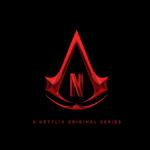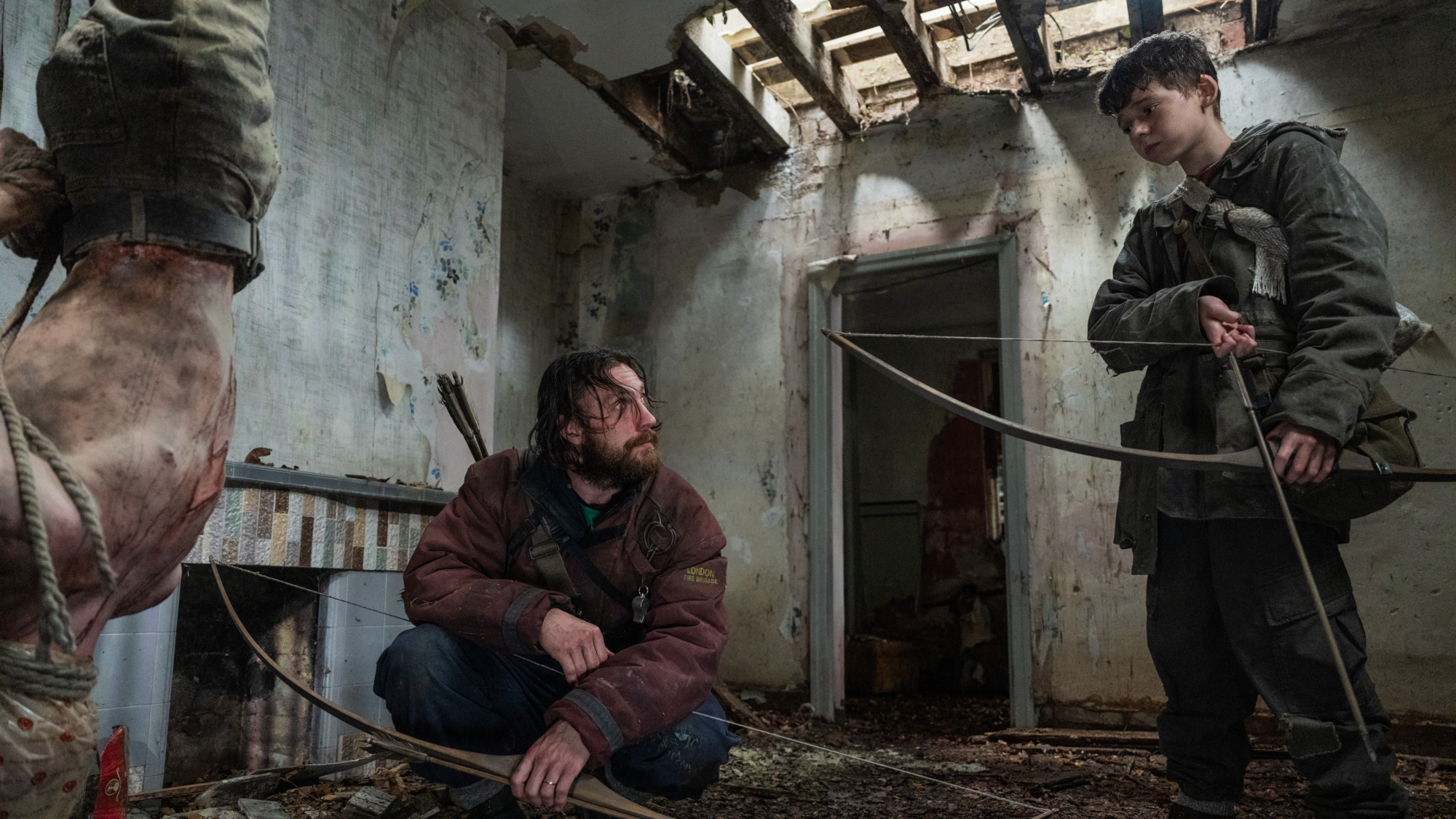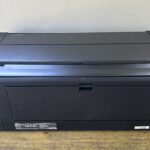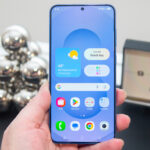It’s easy – and in many cases, fair – to dismiss films shot with iPhones as little more than elaborate adverts for Apple’s biggest-selling product, but 28 Years Later is about as far from an Apple-approved advert as movies come.
Danny Boyle’s long-awaited follow-up to 28 Days Later and its sequel, 28 Weeks Later, is not commercially associated with Apple in any way. There’s no ‘Shot on iPhone’ label on the film’s poster, and while Apple is name-checked in the closing credits as an equipment supplier, that’s only because the company offered “technical assistance” to Boyle and his production team once the director had alerted Apple to his ambitious plans before filming started (read: Apple probably supplied the iPhones).
In other words, Danny Boyle used iPhones to shoot 28 Years Later because he wanted to use iPhones to shoot 28 Years Later (just as Sean Baker used an iPhone 5S to shoot Tangerine in 2015), and in doing so he’s delivered one of the most original, kinetic, and quite frankly strangest movies of the decade so far.
More than 20 years ago, Boyle chose to shoot the majority of 28 Days Later in 480p with a Canon XL-1. The idea was to give him and his crew the freedom to navigate time-sensitive shooting locations like Central London at speed, while the film itself would also benefit from a ‘found footage’ feel befitting its apocalyptic premise. The same logic applies to 28 Years Later, except Boyle replaced the Canon XL-1 with an iPhone 15 Pro Max (or several).
“[Using iPhones] allowed us to be light in our footprint in areas of the country that we wanted to suggest haven’t been touched for 28 years,” the director explained in a recent YouTube interview. “A crew coming in [to this environment] with a normal equipment level is going to make a big footprint. [That’s also why] we used drones a lot, so we could film sequences that cameras couldn’t possibly capture without us disrupting the landscape.”
So much of 28 Years Later is filmed at speed, and the shaky, often out-of-focus quality afforded by using an iPhone in these frenetic sequences mirrors (I imagine) the experience of being pursued by a 7-foot zombie through a dense English forest.
There are moments of stillness, where we’re encouraged to drink in the landscape or gawk at a particularly gruesome image, but even in these scenes, it’s the iPhone doing the shooting and not a state-of-the-art IMAX camera. If you’d stumbled into the quarantined environment of 28 Years Later yourself, you too might have filmed in the same way: “This technology is in everybody’s pockets, so I like that democratization of the experience,” Boyle explained in that aforementioned interview.
Of course, Boyle didn’t just pull an iPhone 15 Pro Max from his pocket and start shooting – there’s plenty of additional, expensive camera gear and post-processing wizardry at play here. But it’s certainly true that the decision to use iPhones to shoot 28 Years Later has resulted in a deliberately lo-fi, anyone-can-do-this look.
Then there are the “poor man’s ‘bullet time’” sequences, as Boyle described them in a recent interview with IGN. For some of the film’s particularly violent moments, the director essentially strapped 20 iPhones to a semi-circular palette of wood, which allowed him to cut between 20 different angles of the same headshots and bullet wounds in the edit.
“It gives you 180 degrees of vision of an action,” Boyle explained, “and in the edit you can select any choice from it, either a conventional one-camera perspective or make your way instantly around reality, time-slicing the subject, jumping forward or backward for emphasis.”
Boyle uses this technique a handful of times in 28 Years Later (warning: each sequence is more gruesome than the last), and it gives the illusion of jumping inside the two-dimensional screen, as if you’re being yanked in and out of the film’s world.
28 Years Later is a relentlessly original visual experience that seems entirely at odds with the 21st-century zombie mainstream.
‘Bullet time’ has been done before – most notably in The Matrix and its sequels – but it’s an expensive technique and one that Boyle was only able to pull off by using iPhones instead of full-blown film cameras: “It was way, way cheaper,” the director told Business Insider.
Splice this decidedly modest, unconventional film quality together with flashes of infrared, audio clips from Rudyard Kipling’s 1903 poem ‘Boots’, and black-and-white footage of Laurence Olivier’s Henry V, and you get a relentlessly original visual experience that seems entirely at odds with the 21st-century zombie mainstream.
28 Years Later is guerrilla filmmaking for a blockbuster audience, and another reminder that smartphones can be used to make interesting movies.
Read the full article here















